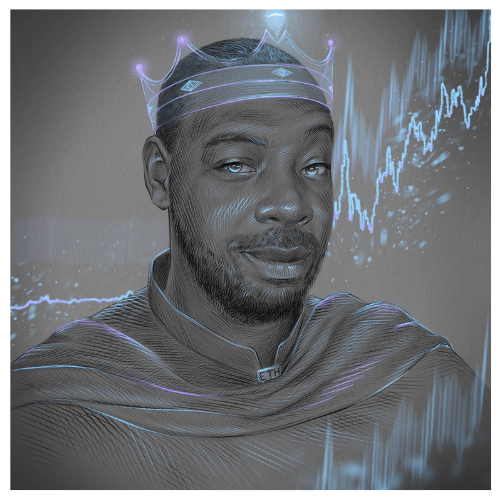Sabsabi Dumped From Venice Beinnale
Greetings Warriors
Let’s talk about something that’s been shaking up the art world lately—Khaled Sabsabi’s removal from the Venice Biennale. If you haven’t heard, Creative Australia made the surprising decision to pull the plug on Sabsabi and curator Michael Dagostino, just six days after selecting them to represent Australia at the 2026 event.
Now, this isn’t just about one artist or one exhibition. It’s about something bigger—art, politics, and the fine line between freedom of expression and controversy.
Elizabeth Ann Macgregor, former director of the Museum of Contemporary Art, called it out immediately. She’s not sugarcoating anything—according to her, the decision has completely tainted the Australian Pavilion. “No artist worth their soul will touch that pavilion now,” she said. Think about that for a second.
So, what sparked all this? Apparently, some of Sabsabi’s past work resurfaced, specifically a 2007 video installation, You, which features images of Hezbollah leader Hassan Nasrallah. This work, donated to the MCA back in 2009, has been in the museum’s collection for years. But now, it’s suddenly become a problem.
BUY MY ART🖤
Creative Australia’s executive director, Adrian Collette, claimed that if Sabsabi’s exhibition had gone ahead, the public outcry would’ve been even worse than what we’re seeing now. But isn’t that what art is supposed to do—challenge perspectives, make people think, start conversations?
Macgregor argues that You wasn’t about glorification; it was about context. And context matters. These works were made nearly two decades ago, in a very different world, yet here we are, judging them through today’s political lens.
The backlash didn’t just stop at the artist. Macgregor pointed fingers at Australia’s arts leadership, questioning if institutions have been silenced out of fear—fear of losing funding, fear of political backlash. Is that where we are now? Are we vetting artists based on decades-old works and social media history?
And what does this mean for the future of art in Australia? Does this set a dangerous precedent? Should artists avoid topics of war, history, or global conflicts if they want to be funded?
Here’s the big question: Was it right to pull Khaled Sabsabi from the Venice Biennale?
Was his art really controversial, or is this about something else? And most importantly—shouldn’t art be free?
Let’s hear your thoughts. 👇











